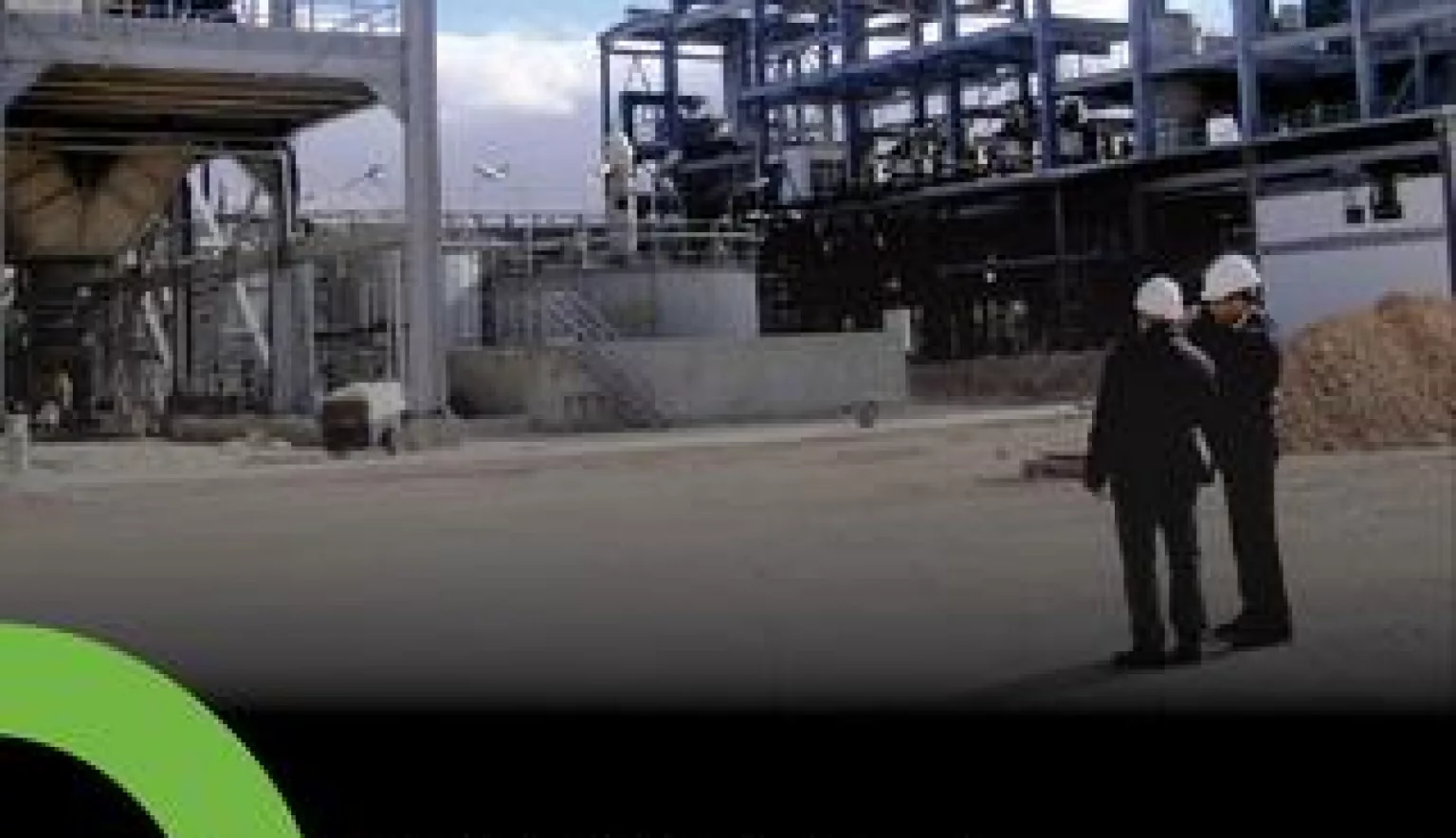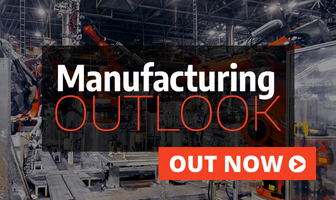EcoPhos’ new and innovative technology drastically increases phosphate reserves and eases the pressures on price for this commodity.
EUROPE’S PHOSPHATE EXPERTS
Phosphorous is an element that we cannot live without, but is becoming short in supply. The phosphate industry needs to keep up with the increasing demand for high quality phosphate; they need High Grade Rock Phosphate (HGRP) coming from the main supplier of rock phosphate. HGRP is vital because, historically, almost all producers of fertiliser and foods use the same processes. As the HGRP has limited availability across European countries, in some cases companies have no choice but to use Low Grade Rock Phosphate (LGRP). This is where EcoPhos come into the picture; with their new and innovative technology that drastically increases the phosphate reserves and eases the pressures on price for this commodity.
Created in 1996, EcoPhos made the headlines in November last year when it was announced that the company would be acquiring Tessenderlo’s feed phosphate operations. Prior to the acquisition, which was completed in early-March 2014, EcoPhos produced feed grade DCP and MCP via its subsidiary Aliphos Bulgaria, located near Varna, Bulgaria. EcoPhos has undergone many additional acquisitions over the years in order to enhance their research and development, innovations and manufacturing of feed phosphate.
Mohamed Takhim, founder and CEO of the company EcoPhos, is Chemical Process Engineer with an MBA, and is inspired by the phosphate chemistry process design. With the support of his dynamic and professional teams, he continues to develop new innovative processes and cost effective technologies in an industry having strong and sustainable fundamentals of growth.
The new developed processes grant EcoPhos a unique competitive advantage that distinguishes the company in the market. “Indeed, our technology offers a great cost saving of the production costs by using cheaper raw materials and our process generates very pure co-products which can be easily used in the different commercial applications like gypsum and calcium chloride, those facts reduce drastically the global impact on the environment,” says Takhim. “Our strategy is oriented towards the international and global expansion of our operations taking advantage of the economic growth in emerging economies.”
EcoPhos has won many awards and accolades due to its technological phosphorous innovations, and deservedly so. “In 2011, our production site in Bulgaria won 3rd place at the Simply the Best Company Awards, which was awarded by the Belgium Bulgarian Luxembourg business club in Sofia,” Takhim proudly states. Furthermore, in May 2014, EcoPhos won the JPME Stars Excellence Award given by Business club of the Cercle du Lac.
THE URBAN MINES CONCEPT
European companies began to study the shortage of phosphorous and discovered that there is almost no phosphate reserve in Europe. Therefore, Europe is totally dependent on countries from abroad for its supply of phosphate. Based on this conclusion, an R&D phosphate platform was put in place at EcoPhos to brainstorm an alternative source of phosphate. “We have no phosphate in Europe, but we have big cities generating massive quantities of sewage sludge. This sewage sludge is generally incinerated to generate steam and electricity. Beside this energy production, the process generates ‘ashes’ that contain phosphate and can be considered as a LGRP through the classical conversion process, however EcoPhos have brought new technologies to make a more effective use of these materials. After several years of research and collaboration with SNB/HVC in Holland, EcoPhos put in place the first industrial process able to recycle the ashes and produce phosphate product. “Thus, the concept of Urban Mines is born,” says Yannick Vancoppenolle, Marketing Manager at EcoPhos.
“Urban Mines means that each big city in Europe becomes a potential phosphate reserve/ source if we can persuade authorities to mono-incinerate their sewage sludge instead of landfill it; in turn, making better use of waste through recycling.” Moreover, in order to further secure their market position, Ecophos invested 8.5million euros in 2013 to build a brand new R&D center in Bulgaria, named Technophos.
TECHNOLOGY PROVIDER
Not only is EcoPhos an established leading company in phosphate production, but they are also a provider of innovative technologies to the phosphate’s sector. By the end of 2014, EcoPhos forecast the start of a key project with quimpac in Peru as Vancoppenolle further explains: “The plan was designed to produce 60 kt/y of DCP feed grade and 25 kt/y of phosphoric acid, all this based on the Ecophos Technology. Our project with quimpac is a good example of what is happening in the phosphate industry. Historically, quimpac produce their DCP using the phosphate rock coming from the main international supplier; while in Peru, there is one of the biggest reserves of phosphate in the world. This Peruvian rock is considered by the classical process as a LGRP due to the high content of Cadmium and Chloride. Now, with the Ecophos process, quimpac will have the choice either to work with foreign or national rock to produce the same high quality end-product.” In addition to this project, EcoPhos has signed licensing with Eurochem in kazachstan and Namphos in Namibia (subsea rocks) to valorise their low grade rock phosphate containing high level of magnesium and/or organic materials. Each project will produce 660kt of DCP fertiliser grade per year.
INCREASING PRODUCTION CAPACITY
In addition to having various projects in the pipeline, EcoPhos wish to increase their own production capacity in Europe and Asia. “In Dunkerque (France), Ecophos will build a new plant based on its technology. This new production of 220 kt DCP feed grade/year is planned to start in January 2017 and will include the possibility to use the fly ashes coming from the incineration of sewage sludge. It will be the first industrial plant in Europe processing these ashes,” highlights Vancoppenolle.
In India, Ecophos and Gujarat Narmada Valley Fertilizers & Chemicales (GNFC) have signed a Memorandum of understanding for setting up a 150,000 MT per Annum Animal Feed grade Di-Calcium Phosphate (DCP) plant at GNFC TDI Dahej site, Gujarat, India in a Joint Venture. Ecophos plans to install a further two plants outside of Europe, with an impressive target to reach 1 million tonnes of DCP per year in the next ten years.
FINANCING THE FUTURE
In order to finance its investment in new production capacities, EcoPhos use its patent revenues generated by the sales of licenses to other manufacturers of phosphates. “With this combined business model strategy, we have obtained a higher growth in the last five years at 50% / year on average, and we are exceeding the turnover of 100 million Euros / year on all of our activities! We will continue this development to become a world leader in the production of animal feed phosphates the next five years,” cites Takhim.
Looking into the future in terms of their products, Yannick Vancoppenolle says that EcoPhos will continue to focus on providing quality goods: “We will continue work with the Aliphos team to develop new products and new applications. For instance, aquaculture is a growing market in need of technological and efficient products. We also aim to focus our production process on phosphorous-recovery in order to improve waste management and work with cost effective raw materials.” Finally and perhaps most significantly for the end-user, the company aim to continue feeding the world at an acceptable price thanks to their innovations in technology permitting the use of low cost raw materials.



















